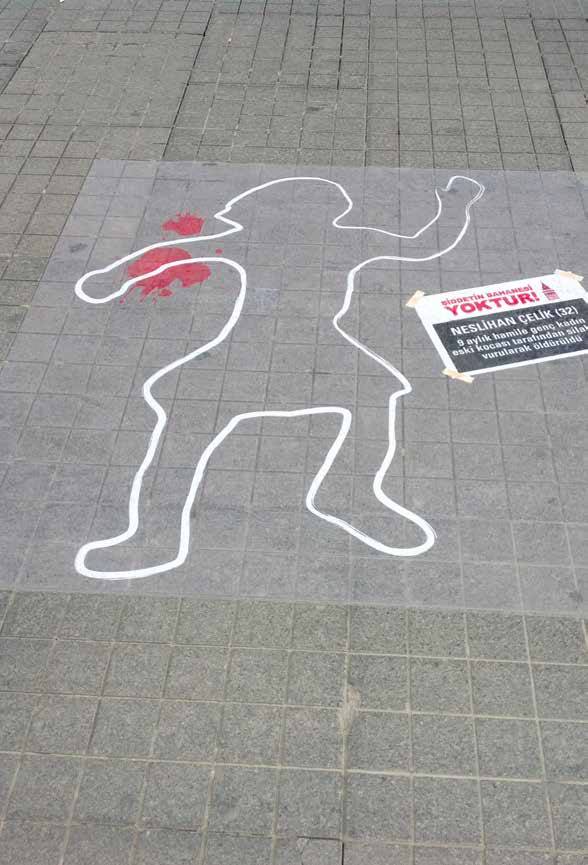Våld i trafiken. Om cyklisters utsatthet för kränkningar, hot och våld i massbilismens tidevarv
DOI:
https://doi.org/10.55870/tgv.v35i2-3.3277Nyckelord:
cykling, genus, mobilitet, risk, våldAbstract
When cyclists begin to take up more traffic space than before, conflicts appear. In Sweden, the media has reported on hatred against cyclists when describing the antagonism between (male) cyclists and (male) car drivers, as well as between cyclists and pedestrians, in traffic-dense environments. Despite the current political renaissance of cycling in Sweden, the proportion of personal trips in which the bike is the main mode of transport has remained largely unchanged over the past fifteen years. This has in part been linked to cyclists’ experiences of insecurity in traffic space. Therefore, conflicts between more or less vulnerable road users are becoming increasingly important to investigate in a society where car normativity needs to be challenged in favour of more sustainable travel. The aim of this article is to, based on media material, policy reports, interviews and cyclists’ online discussion-forums, study the situation of cyclists to discuss their situation in a car-normative environment from a gender and violence perspective. What forms of conflicts do cyclists negotiate in their everyday traffic environment? How can this be understood in relation to gender and violence? It is argued that cyclists are being positioned in contradictory ways: as vulnerable and exposed on the one hand, and as particularly dangerous road users in need of disciplining and interventions on the other. Not only do cyclists negotiate their situation by viewing themselves as drivers would, namely as more or less invisible. They are also subjected to what has been called ‘hatred’: discursive and even physical violence directed towards cyclists for taking up too much traffic space from motorists. Examples of (violent) resistance against and negotiation with the self-evident nature of (male) motorists’ entitlement to traffic space are given. In the final part of the paper I suggest that the violence needs to be understood as deeply embedded within larger gendered structural formations of mass motorism and traffic space.
Nedladdningar
Downloads
Publicerad
Nummer
Sektion
Licens
Författaren/författarna behåller copyright till verket.





